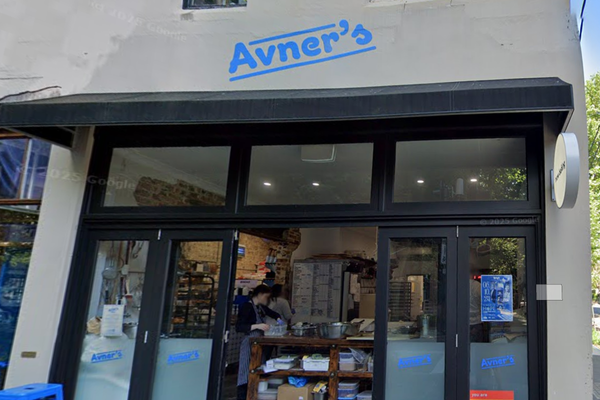
On my latest album, One Guitar Woman, I pay tribute to many of the female pioneers of the guitar, all of whom are among the biggest influences on my approach to playing the instrument.
On the album, I cover material by Maybelle Carter, Elizabeth Cotten, Memphis Minnie, Sister Rosetta Tharpe, Ida Presti in classical guitar, and even Charro, to whom I dedicate a flamenco piece.
I learned a lot working on this album because I had to study many different techniques, which was fun but also challenging. I already had my hands around the Piedmont fingerpicking style, also often referred to as “East Coast” guitar, as it was popularized in a region known as the “Piedmont plateau,” which runs from Richmond, Virginia, to Atlanta.
Some of the most well-known and influential Piedmont-style players are Elizabeth Cotten, Reverend Gary Davis and Blind Blake.
The Piedmont style is built from alternating bass figures, picked with the thumb, and syncopated melodies fingerpicked on the higher strings, as demonstrated in Figure 1.
While holding an open G chord, the thumb alternates between the low G note and the open D string while the first two fingers pick the open G and B strings in a syncopated rhythm. I always use a thumbpick and have acrylic nails on my other fingers, which produce a strong, clear pick attack.
For the entire album, I used a Negra nylon-string acoustic guitar, crafted in Paracho, Mexico, by Salvador Castillo. I bought this guitar specifically for the album, but I play everything on it, from blues to classical to flamenco to Piedmont style to the Maybelle Carter “scratch” style.

As shown in Figure 2, the thumb alternates between the 6th and 4th strings while the index and middle fingers pick the syncopated melody.
The first single from the album is Oh Babe It Ain’t No Lie by Elizabeth Cotten.
Figure 3 is played in this style. While alternating bass notes with my thumb, I play a melody on the higher strings and move down the high E string chromatically, from G to F# to F. This is followed by similar fingerpicking patterns applied to C and E chords.
Over E, I bring in hammer-ons to sound the G# and D notes. In bars 4-6, I use hammer-ons and slides over the F chord to set up the change to C/G. Bar 7 ends with “double octaves,” as pairs of G and A notes, two octaves apart, set up the resolution from G to C.

Cotten’s signature song is Freight Train, which she plays pretty fast. Figure 4 is played in this style. Cotten’s technique is particularly difficult to replicate because she played “upside down” on a guitar strung for a righty but played left-handed.
Figure 5 offers an example along the lines of Memphis Minnie’s In My Girlish Days. It’s played in a more traditional country blues style and with a capo at the 3rd fret. I’m playing as if I’m in the key of E here, but everything sounds in the key of G.

This type of playing does not follow any regimented fingerpicking patterns, as I alter my picking approach to accommodate how the melody lines are balanced against the bass notes.
- One Guitar Woman is out now via Stony Plain.
- This article first appeared in Guitar World. Subscribe and save.







